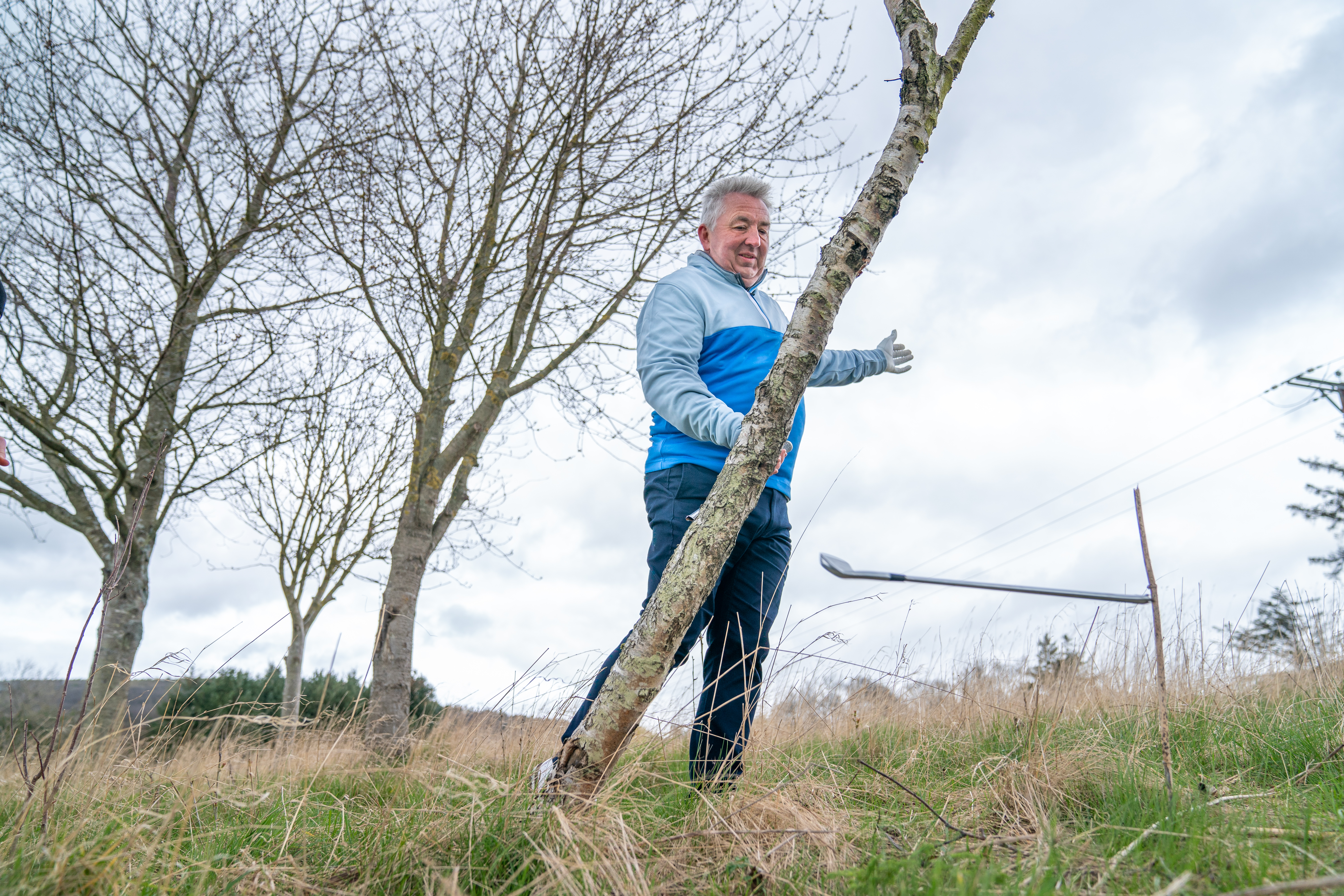
Our headline question here may imply a club breaking passively (or accidentally), perhaps as a result of taking on a risky shot close to a tree, with shaft coming into contact with trunk or branch after impact, or maybe your bag toppling over and coming crashing down on a windy day.
But we’re also going to address here a club being broken aggressively, perhaps either by being slammed into the ground too hard in frustration, or occasionally even being broken very deliberately over a knee when this inherently testing game just all gets a bit too much. Hands up who’s been guilty of this? I’m no saint, but I'm pleased to say that I’ve always been able to pull myself back from the brink, yet fully understand the sentiments that can lead to such actions.
The distinction between passive and aggressive breakages is an important one to make, for there are some differences in what the Rules allow you to do in each scenario. It’s also worth mentioning that what the Rules allow you to do, and what you may actually be able to do practically or logistically, may well be two different things for the majority of us, certainly at club level. Allow me to explain, with the help of Rule 4.1a(2), where you will find all the information you need.
The first part of the Rule says that if a club is damaged during a round, it is considered ‘conforming’ for the remainder of the round and may still be used if it is still usable. This, of course, may not be an option if the club is now in two pieces, although I guess there may still be scenarios where using what is now a very short club could just come in handy. Should there be a play-off, that is when the concession to carry on using that club stops, as a play-off is considered a new round under the Rules.

That difference between passive and aggressive damage then lies in what other options are available to you, for Rule 4.1a(2) goes on to explain that you may also repair or replace a damaged club… but not if it was broken through abuse. So, if you broke it through a deliberate act, tough.

And even if you didn’t, of course, at club level, getting a club repaired in time to continue using it for the rest of the round is pretty unlikely, with Rule 4.1b(4) stating that you must not unreasonably delay play in either getting a club repaired or replaced. Even the latter is fairly unlikely at club level, but I guess if the 9th hole comes back to the car park and you happen to have a spare driver or putter in the boot of the car, for example, there would be scope to replace a club then – as long as the damage wasn’t caused by abuse.
If you do replace a damaged club with another club, you must also take the damaged club out of play before making another stroke, using the procedure in Rule 4.1c(1), which says you do this by:
* Declaring this to the opponent in match play or the marker or another player in the group in stroke play
or
* Taking some other clear action (such as turning the club upside down in the bag, placing it on the floor of the golf cart or giving the club to another person).
The penalty for making a stroke with a club in breach of Rule 4.1a is disqualification – for example, repairing or replacing a club that you damaged in an angry outburst then hitting a shot with it.







